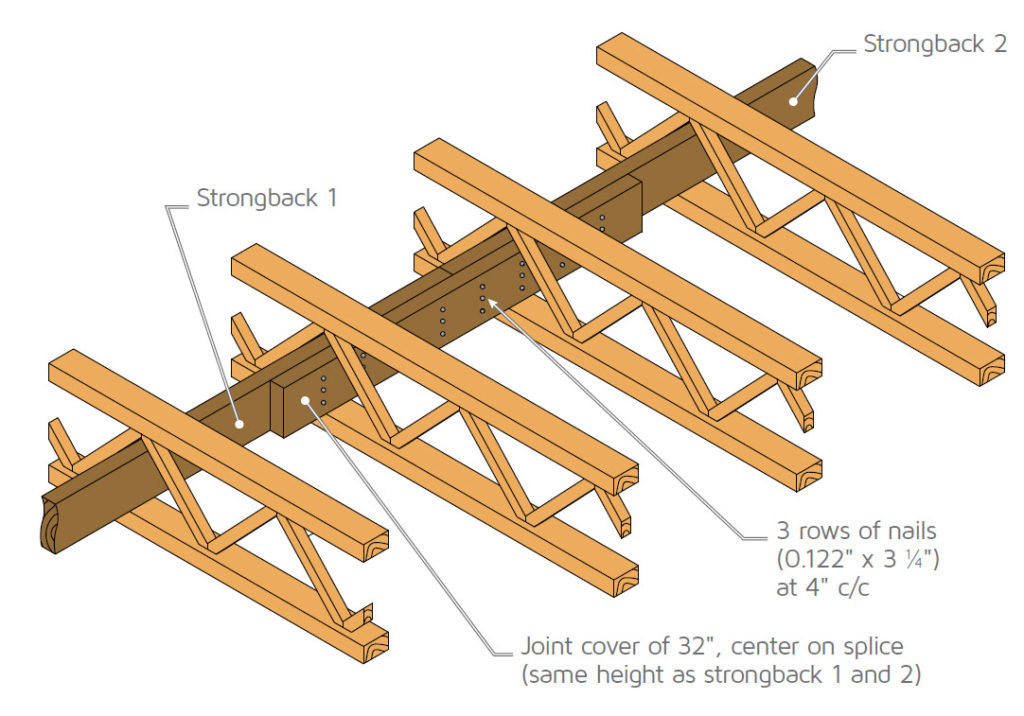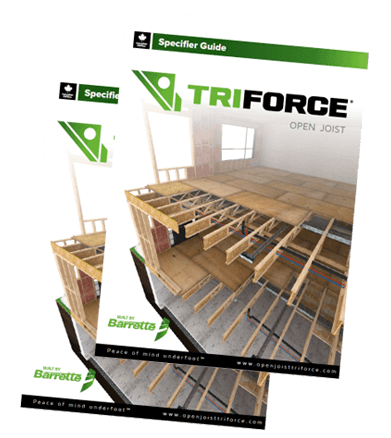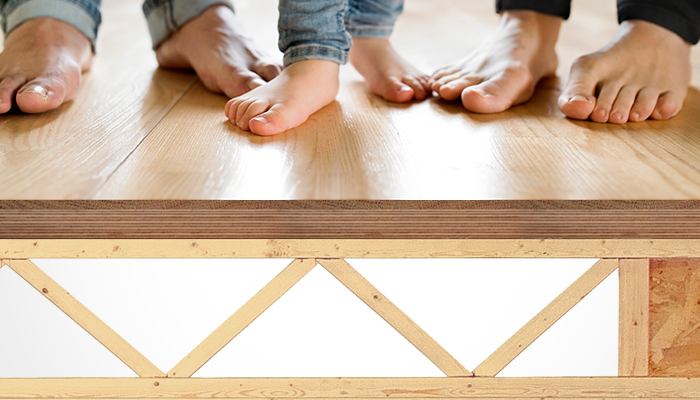How a floor system performs, in the eyes (or mind) of someone who occupies that floor, is a very subjective assessment. One person’s opinion of how it should feel when standing or walking on a floor can differ markedly from another’s. Besides, industry standards aren’t necessarily helpful since meeting minimum building code design requirements doesn’t always result in end-user satisfaction.
About deflection and Vibration
The two performance factors with the strongest influence on one’s opinion of a floor system are deflection (bending) and vibration. Of the two, vibration impacts people the most significantly, especially when its effect is magnified by sound from something like a rattling china cabinet. Deflection can also be a source of discomfort since it is also often the cause of “noisy” furniture.
United States model building codes restrict the amount of deflection under load permitted in floor systems but only the Canadian codes prescribe vibration standards. So, it’s up to the design professional to decide what is required to produce the most acceptably performing floor system for the situation. Here are some things that can improve performance.
Performance factors tips
Open-web floor joists like TRIFORCE® do a better job than solid joists of dispersing floor system vibrations, lessening vibration’s effect on people.
Open-web floor joists like TRIFORCE® allow the installation of continuous “strongback” bracing. Strongbacks effectively minimize vibration by making the floor works as one entity.

Deeper joists will reduce deflection and vibration.
Reduced on-center joist spacing will improve performance.
Thicker floor decking installed with adhesive and fasteners provide a better “feel”. Screws are more effective fasteners than nails.
Framed partition walls help dampen vibration. Wall plates should be fastened through floor decking into floor joists.
When possible, use of a bearing wall to support the ends of joists rather than a suspended beam. This will result in a stiffer floor system with less vibration.
Designing for Acceptance
Because of their strength, engineered components like TRIFORCE® give floor system designers choices: design to code minimum requirements or design for enhanced performance and comfort. Features and benefits of TRIFORCE® joists make it possible to design floors for maximum peace of mind underfoot!

